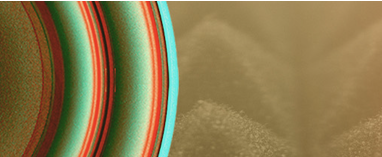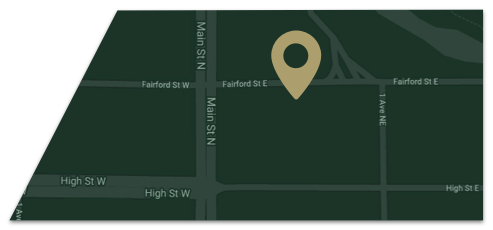Casino Regina
Long before Casino Regina came to be, the building was known as Union Station, a bustling train station.
Regina is a creature of the Canadian Pacific Railway like many other towns along the main line. There was nobody settled here before the CPR arrived. When the first CPR train reached Pile O'Bones Creek on August 23, 1882, the new settlement was officially named Regina and the first temporary wooden CPR depot was located on railroad property immediately east of Broad St. The Queen City's second railway station was built in 1892 and stood at the foot of Hamilton Street, immediately west of the current building. It in turn was replaced in 1911 when the newly formed Canadian Northern Railway (later Canadian National) and the CPR combined their passenger facilities into Union Station.
The Union Station was where almost everybody visiting Regina arrived, departed from and through which passed all arriving or departing goods. Union Station was Regina's major link with the outside world, flourishing from its inception until after the Second World War. During that period, Regina was terminal for the fastest train in Western Canada, making the run to Moose Jaw in less than 55 minutes and doing it up to four times a day.
The No. 340 was a sleek maroon gas/electric unit which combined engine, baggage, express, mail and passenger coach in one. Affectionately know as "The Galloping Goose," the No. 340 operated on short runs to give frequent local service where the service of heavy steam trains was not economical.
In 1921, a substantial extension was added to the west wing, and in 1927 the waiting room was expanded and food services were added. However, there was often standing room only in the waiting room at the Union Station. Before air travel became affordable and the province's highway network improved so that all-weather travel by car was feasible, most people travelled by rail.
By 1931 it was evident that further expansion was urgently needed. Consequently, office, passenger facilities, food services, baggage and express facilities were substantially increased and a pedestrian subway was built to provide access to the train platforms. The expansion, costing nearly $1,250,000, included a major southward projection of the three-storey central section to create a grand concourse. This necessitated the complete removal of the 1911 façade and part of the old offices. The original station was faced with Ashlar stone, while Tyndall limestone dominated the new construction. The renovation project was designed to make maximum use of local and regional resources, and most of the imposing new features have been preserved today.
Union Station greeted many important dignitaries. The future King Edward VIII visited as Prince of Wales in 1919 and again in 1927. May 25, 1939 was a flag day when the royal train pulled into Union Station with King George VI and Queen Elizabeth. Cheers also greeted the arrival at Union Station of the young Princess Elizabeth and the Duke of Edinburgh in 1951 and again after the coronation on July 23, 1959. The monarch's second visit to the Queen City was greeted by a 21-gun royal salute, band music, and the cheers of some 2,000 people packed along South Railway Street.
More than 100 years after passenger service began at Union Station, it came to an abrupt halt. On January 16, 1990 the last VIA train left Regina. In 1983, the provincial government abandoned a funding proposal which halted discussions between the provincial government, VIA Rail and the Saskatchewan Transportation Company. Following this decision, a number of different reports, studies and design schemes were proposed for utilizing Union Station. Project varied from a Farmers Market, to an art gallery/cultural centre and an office complex. One long-standing proposal to turn the station into a home for a new civic museum died when the City estimated purchase and renovation could cost $6.5 million.
In 1984, VIA Rail abought the Union Station from CP Rail. Four years later, VIA spent approximately $300,000 to refurbish Union Station's waiting room and washroom areas. But the federal government subsequently cut annual subsidies to the Crown Corporation from $561 million to $351 million, resulting in Regina being on of 17 passenger routes cut as a cost-saving measure.
In 1991, Union Station was designated as an official heritage site by the federal government.
In 1994, the conversion of Union Station as a casino was approved. After a multi-million dollar renovation in 1995, Union Station re-opened as Casino Regina in 1996, and the noble old building was once again bustling with people, as it was intended.
Casino Moose Jaw
Casino Moose Jaw opened on September 6, 2002. Contributing to the city’s historical tourism theme, the addition of Casino Moose Jaw was a boost to the restoration of the downtown core.
With a 12,000 foot facility leased from Temple Gardens Mineral Spa, Casino Moose Jaw has always enjoyed a close connection with its neighbouring business, including a pedway over Fairford Street to the spa’s hotel expansion.
In 2024, Casino Moose Jaw received an extensive renovation that opened up the gaming floor, drawing inspiration from the Snowbird planes and historic culture of the city. The updated CMJ Express was designed with the Chicago Connection Tunnels of Moose Jaw feel, with hints of the 1920’s style.











